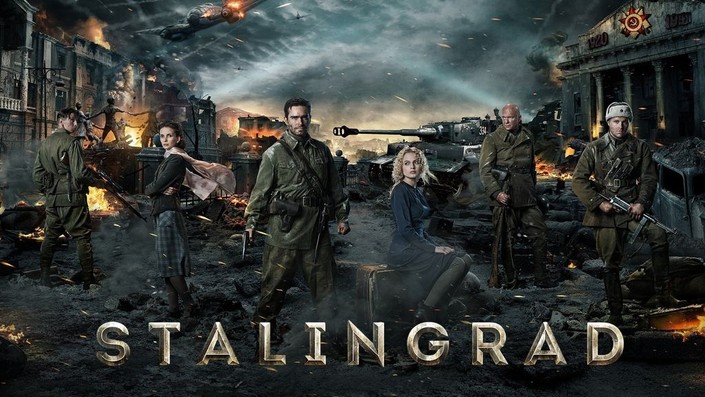sztroy.info – “Stalingrad” is a 2013 war drama film directed by Fedor Bondarchuk. This Russian cinematic spectacle is notable for being the first Russian film to be released in IMAX 3D. Set against the backdrop of one of World War II’s most brutal battles, the film offers a gripping portrayal of the heroism and humanity amidst the chaos of war.
Historical Context
The Battle of Stalingrad, which took place between 1942 and 1943, was a turning point in World War II. It marked the end of Germany’s advances into the Soviet Union and the start of the Soviet Union’s push towards Germany. The film captures the intensity and desperation of this pivotal conflict, focusing on both the strategic military maneuvers and the personal stories of the soldiers and civilians involved.
Plot Summary
“Stalingrad” revolves around a group of Soviet soldiers who find themselves trapped in a strategic building occupied by German forces. As they struggle to hold their ground, they encounter a young Russian woman who has been hiding in the ruins. The narrative intertwines the soldiers’ mission with their personal battles and the unexpected bond that forms between them and the woman they protect.
Cinematic Techniques
Bondarchuk employs state-of-the-art visual effects and immersive sound design to recreate the harrowing realities of war. The use of IMAX 3D technology enhances the viewer’s experience, making the battle scenes feel both epic and intimate. Through meticulous attention to detail, the film portrays not just the physical destruction of war but also the emotional trauma endured by those on the front lines.
Themes and Motifs
The film delves into themes of courage, sacrifice, and the resilience of the human spirit. It examines the moral complexities faced by soldiers who must reconcile their duty with their conscience. The character development is central to the narrative, providing a nuanced look at the impact of war on individuals and communities.
Reception and Impact
Upon its release, “Stalingrad” received mixed reviews, with praise for its visual effects and criticism for its melodramatic elements. Despite this, it was a box office success in Russia and showcased the potential of Russian cinema on the global stage. The film’s depiction of the Battle of Stalingrad has been both lauded and debated, reflecting the complexity of representing historical events through film.
Conclusion
“Stalingrad” (2013) is a bold cinematic endeavor that combines historical drama with cutting-edge technology. It offers a poignant reflection on one of history’s most devastating battles, serving as a reminder of the costs of war and the enduring strength of those who lived through it.
